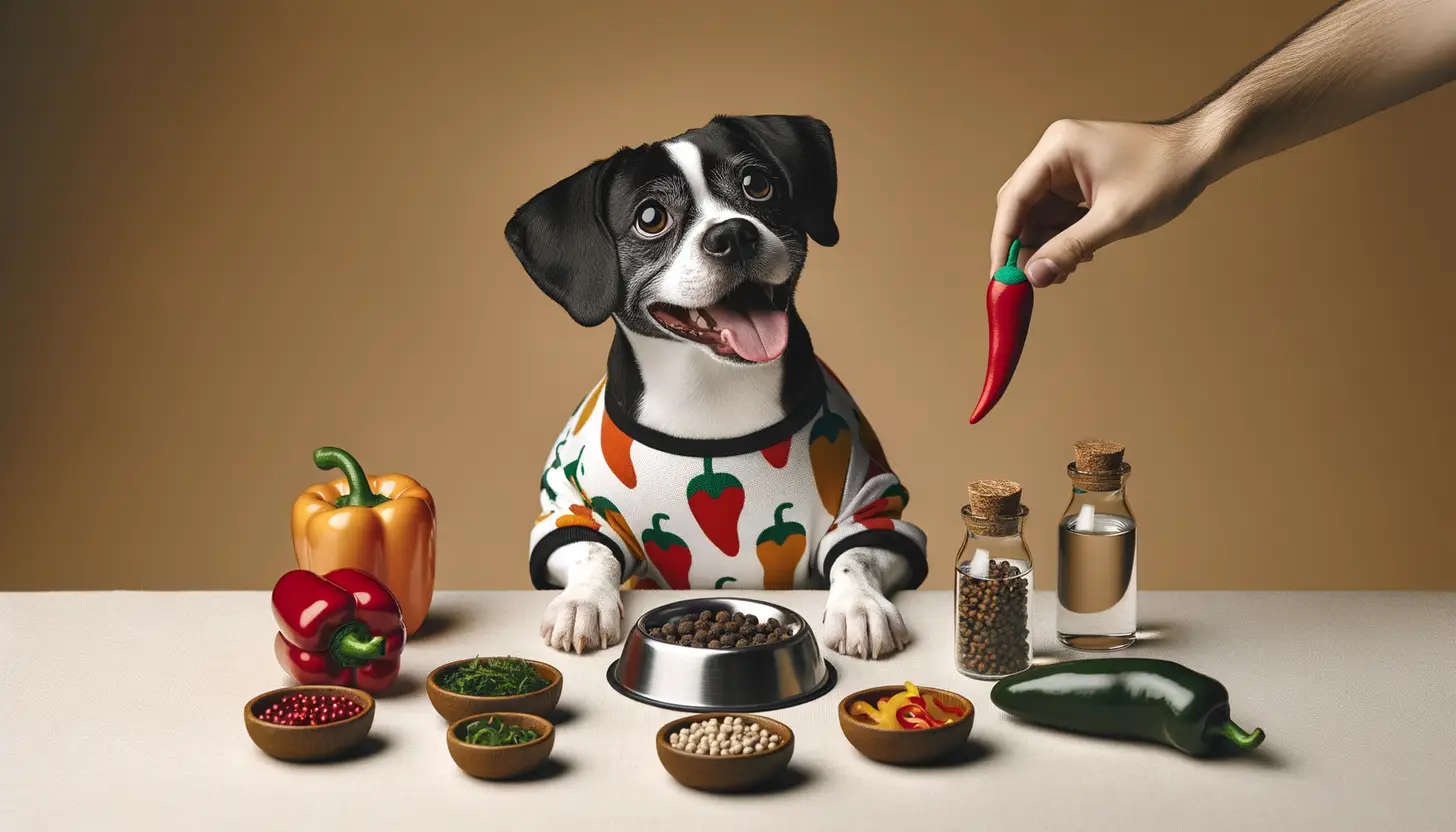
Can Dogs Eat Peppers?
Yes, dogs can eat peppers, but it depends on the type. Bell peppers are generally safe and beneficial for dogs, while spicy peppers, like jalapeños, should be avoided. The key is moderation and proper preparation to ensure they contribute positively to your dog's health.

By Stefan Stumpfl, in collaboration with Dr. Ali Raza.
Updated on Jul 22, 2024
Bell peppers in different colors (red, yellow, green) can all be fed to dogs and offer various nutritional benefits.
Peppers
Nutrition
Taste
Digestibility
Feeding Frequency
Allergic Risk
Why Are Peppers Healthy for Dogs?
Bell peppers are a powerhouse of nutrients. They are rich in vitamins A, C, and E, which bolster the immune system, support skin health, and promote eye health. Additionally, they contain antioxidants that help prevent cellular damage and chronic diseases. Veterinarians often recommend bell peppers as a healthy snack for dogs due to these benefits.
Do Dogs Like Peppers?
Most dogs enjoy the crunchy texture and mild taste of bell peppers. They can find the crispiness quite intriguing, especially if they're used to softer foods. That being said, each dog has their preferences. If you introduce peppers gradually, you'll quickly see if it's a hit or a miss in your furry friend's book.
Can Puppies Eat Peppers?
Yes, puppies can eat bell peppers, but always in moderation. Remember, their digestive systems are still developing, so introducing new foods slowly is crucial. Start with small pieces and observe any adverse reactions. As always, consulting your vet before adding new foods to a puppy's diet is a good practice.
Can Dogs Be Allergic to Peppers?
While it's uncommon, some dogs might be allergic to bell peppers. Symptoms could include itching, gastrointestinal upset, or even respiratory issues. If you notice any of these signs after feeding your dog peppers, discontinue immediately and consult your veterinarian.
How Many Peppers Can Dogs Eat?
Moderation is vital. Small dogs can enjoy one or two small pieces of bell pepper a few times a week. Larger breeds might handle more, but avoid exceeding half a bell pepper per serving. Overfeeding can lead to stomach upset, so keep an eye on portion sizes and frequency.
Best Ways to Incorporate Peppers Into Your Dog’s Diet
Start by washing and removing the seeds and stem of the bell pepper. Serve small, bite-sized pieces either raw or lightly cooked. Mixing them into their regular food or using them as a crunchy treat alternative can make them a delightful addition to their diet.
Potential Risks of Peppers
Though bell peppers are healthy, overconsumption can lead to digestive issues like diarrhea and bloating. Also, spicy peppers are strictly off-limits as they can cause severe discomfort and gastrointestinal distress. Always ensure the peppers are plain – no added spices or seasonings.
Other Healthy Food Options
If bell peppers aren’t a hit, try these alternatives that pack a similar nutritional punch:
- Carrots: Crunchy, high in beta-carotene, great for vision.
- Green Beans: Low-calorie, fiber-rich, excellent for digestive health.
- Blueberries: Antioxidant-rich, perfect for a sweet treat.
Conclusion
Incorporating bell peppers into your dog’s diet can offer numerous health benefits, but it's essential to do so in moderation. This colorful vegetable can enhance your dog's nutrition, provided it's prepared and served correctly. Always consult your vet, especially if your dog has specific dietary needs. Remember, variety is the spice of a healthy diet!